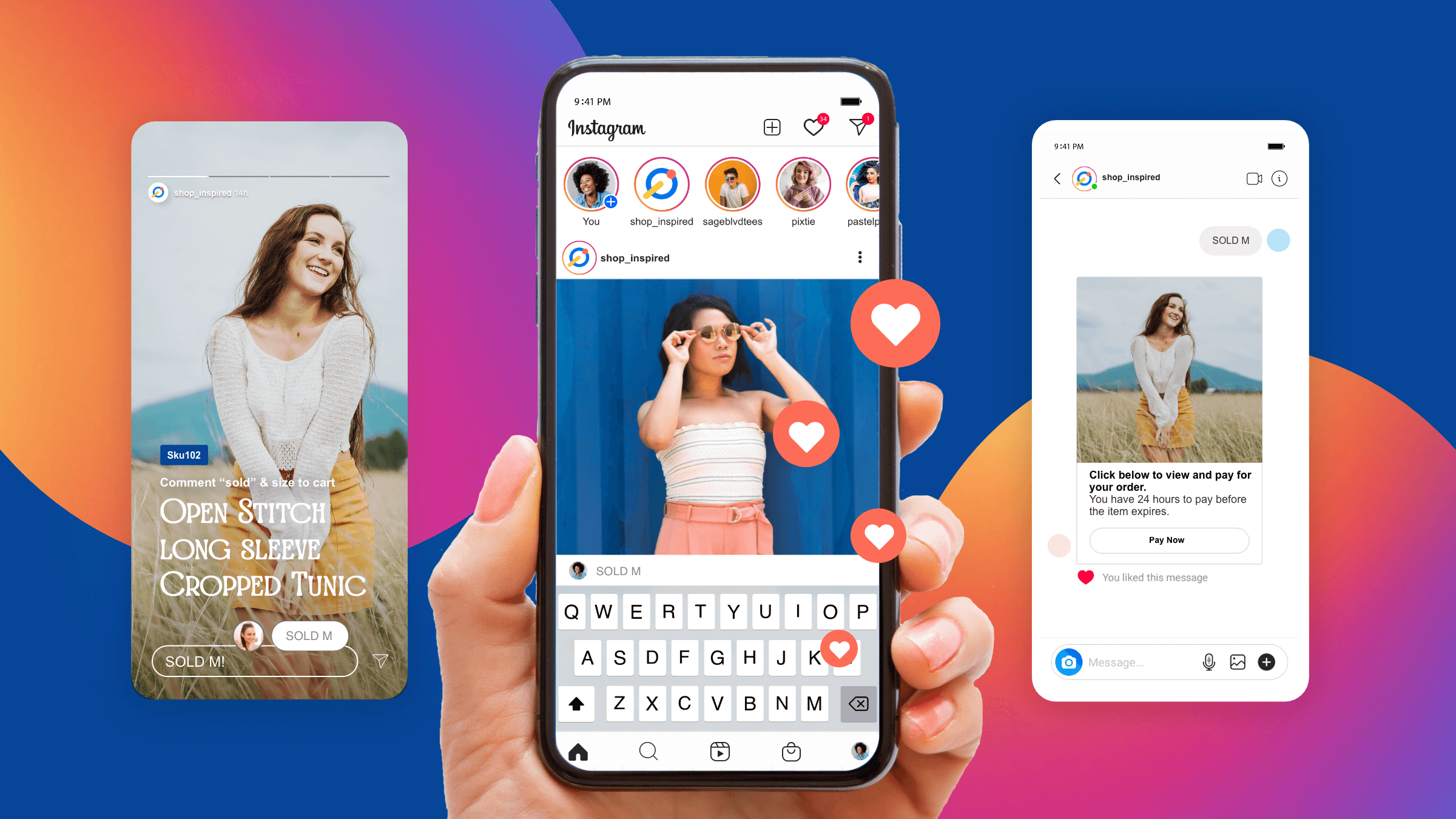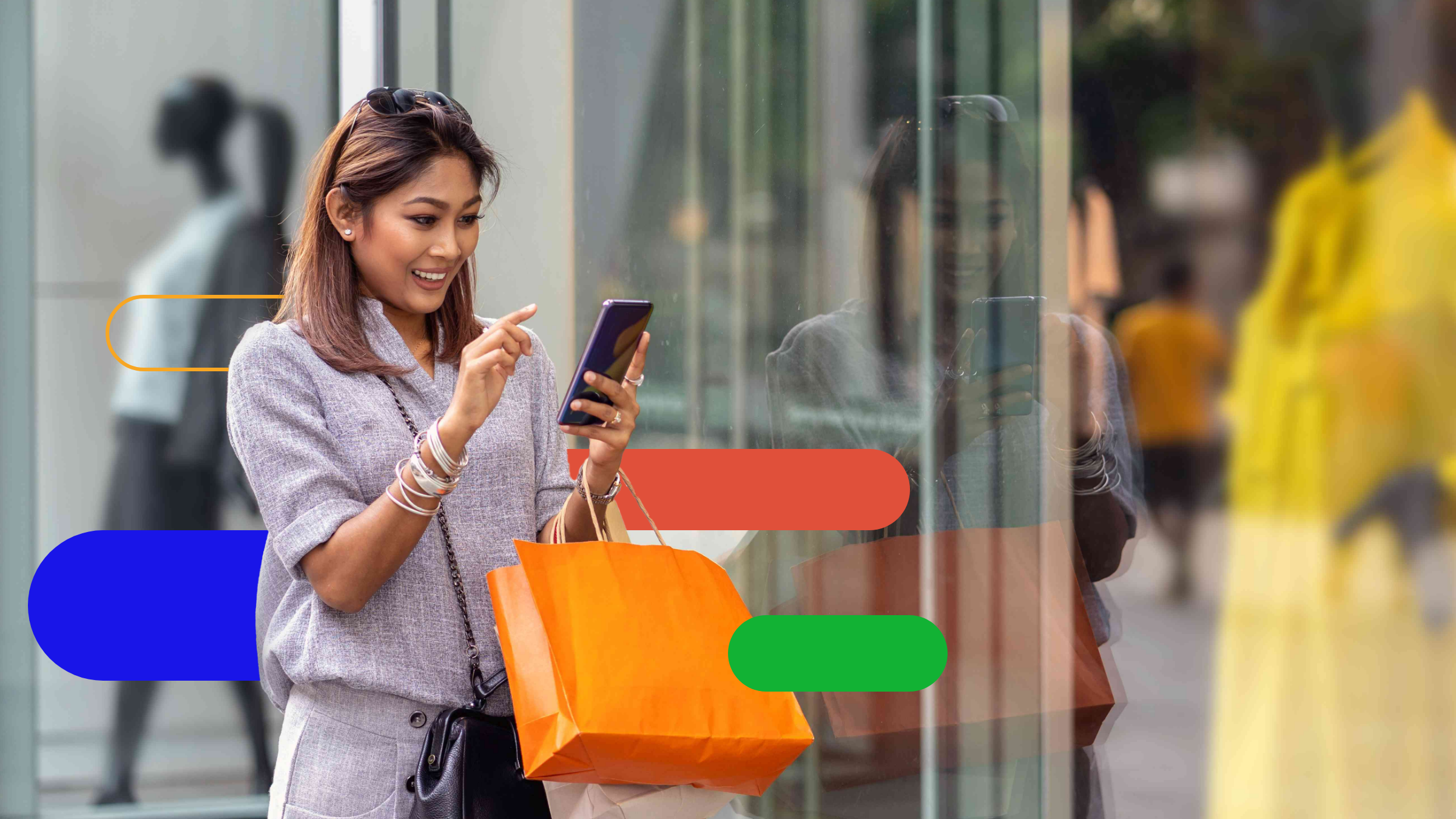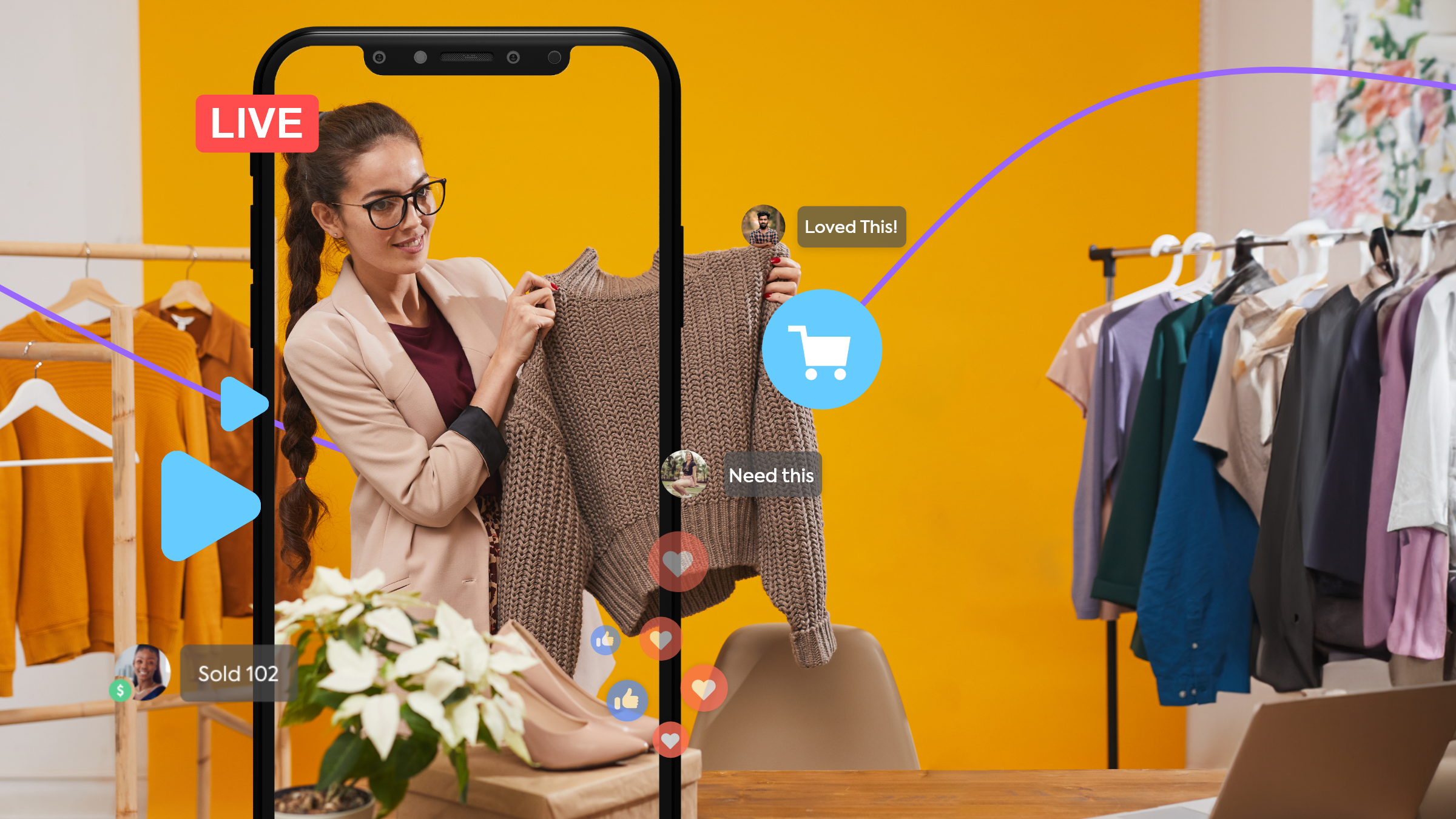Retailers have more options than ever to reach shoppers and gain new customers. From brick-and-mortar stores to pop-up shops, digital storefronts, apps, and social media, getting eyes on a brand’s products and making sales can be accomplished both in-person and online in a multitude of ways.
Depending on the industry, some shoppers prefer to discover new trends and purchase from certain niche platforms. For today’s fashion and beauty brands, in particular, one platform seems to reign supreme above all others: Instagram.
As a highly visual platform, Instagram is where shoppers are discovering the latest in clothing, accessories, makeup, and more. Now, shoppable features are making it even easier for users to buy directly from the platform.
However, we know that not all social platforms are the preferred app or communication channel for every single consumer or demographic. This is why it’s important for today’s retail brands to include Instagram in their overall selling strategy—without limiting themselves to just one sales channel.
What is Multichannel Retail?
Multichannel retail is characterized by offering various methods of shopping to customers. This can include a physical store, along with a website and mobile app. The key is allowing the customer to choose when, where, and how they want to make a transaction.
More Channels = More Success
Offering more ways to buy opens up more opportunities to make sales. It’s really that simple. Just as successful brands utilize multiple ways to advertise and market to their customers, sellers embrace spreading themselves across multiple selling platforms to get more eyes on their products and encourage more orders.
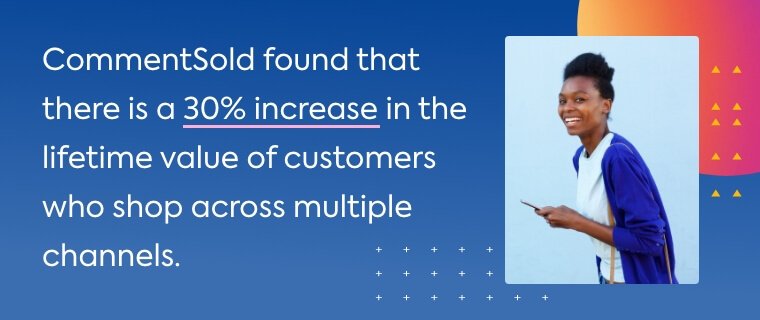
Aside from expanding your brand’s visibility and selling to people where they prefer to shop, multichannel retail offers sellers more control over their reach and audience. With its billions of users, social media is incredibly powerful for engaging consumers. But algorithms and rules on these platforms can change, making it harder for brands to expand their presence in some instances.
Utilizing multiple types of social media platforms, along with other selling channels like storefronts and mobile apps, gives businesses more control and more variety for their audiences. Understanding how to best use each platform to maximize engagement, reach, and sales is crucial.
Multichannel selling can pose some challenges, however. These include:
- Delivering a consistent brand experience across all selling channels
- Managing orders and inventory that are spread out across platforms
- Knowing how much time and effort to devote to each channel
Fortunately, with the right e-commerce software and support, keeping track of all orders in one place (that update in real-time!) is entirely possible. Figuring out which sales channel to focus on is easy when you consider your businesses’ audience, goals, brand image, and target customers’ wants and needs.
Multichannel retail is not just the future of selling, it’s happening now, and brands who want to keep up with and scale above the competition should embrace it.
Incorporating Instagram In Your Sales Strategy
Gen-Z is all over TikTok. Older generations seem to cling to Facebook. Millennial shoppers like mobile apps. Instagram does skew younger, but as the fourth most-used social platform worldwide—behind Facebook, WhatsApp, and YouTube—its potential to reach shoppers is seemingly boundless, particularly in the retail space.
Instagram is unique because consumers can go through the entire buyer’s journey, from the discovery of a product to checking out right on the platform. By utilizing an e-commerce solution like CommentSold, retail brands can allow their followers to comment or reply “sold” on a post or story and instantly cart the product they see. Then, they click on a link to check out in their DMs, which takes them right to the business’s store. This is multichannel retail in action.
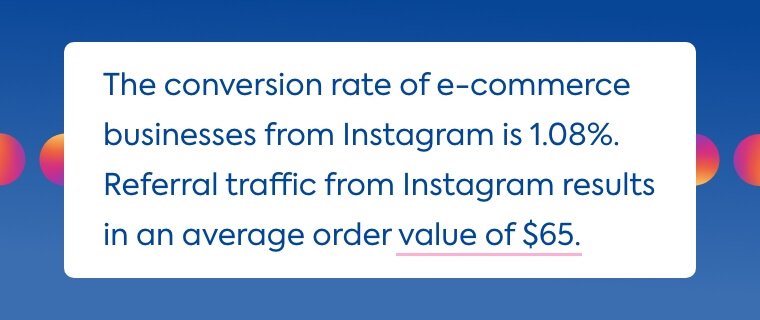
Authenticity is Key
Perhaps one reason why Instagram shopping has become so popular is that brands have gotten really good at making their posts look and feel authentic. When users are scrolling through their feeds or stories, brands using models or influencers to show off their products blend in seamlessly with other user-generated content highlighting an outfit of the day or exciting new item they received.
This authenticity and visual appeal are key for brands, particularly in the retail space. Incorporating Instagram into a brand’s overall selling strategy is as easy as setting up a business profile, snapping photos of new products, writing engaging captions, and clearly instructing customers how to shop directly from their feeds.
Using CommentSold is a solution more than 7,000 retailers have found to seamlessly integrate Instagram into their multichannel selling strategies. Products can be loaded from the retailer’s CommentSold Dashboard and sold across Instagram, Facebook, their online store, and mobile app at the same time.
No matter which channel customers choose to shop, inventory will update in real-time through the back end, which makes selling through multiple platforms organized and simple.
Why Instagram is Optimized for Selling
While having a webstore and mobile app are ideal for giving your brand its own virtual storefront free from the distraction of other posts or competition when shoppers are browsing, social media is intuitive for most mobile-first shoppers. These days, Instagram is moving in a direction that uplifts brands that choose to sell on their platform by incorporating Instagram shopping and allowing companies to get discovered through ads, hashtags, reels, and even a designated shopping tab.
Selling Straight from Instagram
One challenge brands have with integrating Instagram into their other sales channels is its limits with links. This limited space for URLs is intentional, however—the visual platform looks less “spammy” without links all over its posts and in the comments sections. Retailers can work around these limitations by including links as stickers in their IG stories that direct users to their online stores.
An even smoother solution is utilizing software that enables selling directly in the app. This prevents users from navigating away from your page and posts, and it plays on impulse spending, encouraging conversation and boosting engagement by allowing users to comment to purchase an item directly on Instagram.
![]()
In terms of what types of posts get the most engagement, in one study, 72% of surveyed Instagram users said portrait photography performs best. People like to see other people, and the better the photo quality and appeal of the visuals, the better the likes, comments, shares, and follows.
This engagement can easily be converted into sales in a few ways:
- Build trust and drive followers to a brand’s webstore.
- Make it simple to purchase featured items by creating shoppable posts.
- Use video to create a two-way conversation with followers that boosts authenticity and connectedness.
Shoppable Video is a New Path to E-Commerce Success
Video is a key driver for interactivity. By integrating with a software such as CommentSold, brands can make their videos shoppable by enabling comment shopping on the video—whether it’s broadcast on social media, the brand’s webstore, or their own mobile app. Comment shopping helps make multichannel retail possible.
No matter where a customer comments “sold” to cart an item, the retailer will get an automatic update on their CommentSold Dashboard. They have a complete view of their business and selling channels in one place.
The Takeaway
Multichannel retail helps brands reach customers where and when they like to shop. It also adds an extra layer of protection for businesses. With more selling channels being added over time, expanding your brand message and purchasing options over a variety of platforms reaches more people and ensures you’re not getting buried due to changing algorithms or platform features.
Here are a few pro-tips to make the most of multichannel selling, particularly on Instagram:
- Make posts feel natural in the feed and stories feel authentic.
- Share user-generated content—buyers are more likely to shop from brands that share UGC.
- Post photos and videos of you or your models wearing or using your products.
- Utilize hashtags and optimize your profile to make your branding consistent across all selling platforms.
- Communication is key—let followers know how easy it is to buy from you. Take advantage of stickers and videos on Instagram stories to directly address shoppers.
- Use software that automates invoicing so you can focus on running your business and creating visually engaging content across all platforms.
- Use your other channels to promote the ability to shop from your Instagram.
With new innovations like shoppable video and comment selling, retailers can engage their followers and hook in new customers across a variety of e-commerce channels. Integrating Instagram into your strategy is a great way to both market and sell products on an interactive and highly visual platform.
